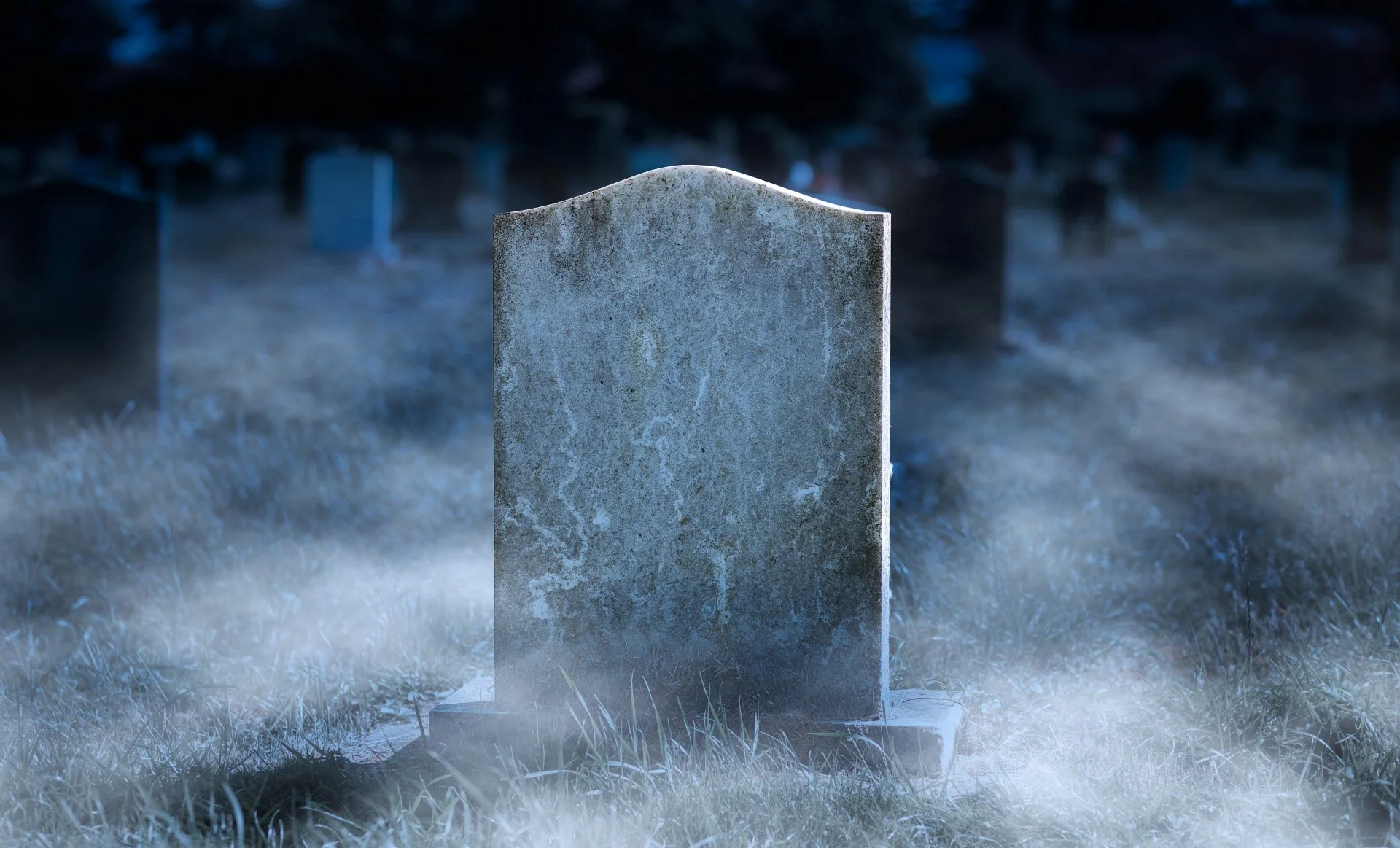The New England vampire panic was a period of terror and mass hysteria during the 19th century, caused by an outbreak of consumption blamed on vampires in the states of New England, United States.
Consumption, known today as tuberculosis (TB), is an infectious disease caused by the Mycobacterium tuberculosis (MTB) bacteria. The disease generally affects the lungs, causing a chronic cough with blood-containing mucus, fever, night sweats and weight loss.
Across the states of Connecticut, Maine, Massachusetts, New Hampshire, Rhode Island and Vermont, outbreaks of TB spread amongst family members and households. So severe was the epidemic, that it claimed around 2 percent of the region’s population from 1786 to 1800.
When a TB sufferer died, it was assumed that they consumed the life of their surviving relatives who also became ill from TB. To protect the survivors and ward off the symptoms of consumption, the bodies of those who died were exhumed to examine for traits of vampirism.
The concept of a blood-sucking spirit or demon consuming human flesh has been told in the mythology and folktales of almost every civilisation through the centuries. One of the earliest vampiric depictions stems from cuneiform texts by the Akkadians, Samarians, Assyrians and Babylonians, where they referred to demonic figures such as the Lilu and Lilitu.
It wasn’t until the late 17th and 18th century that the folklore for vampires as we imagine, began to be told in the verbal traditions and lore of many European ethnic groups. They were described as the revenants of evil beings, suicide victims, witches, corpses possessed by a malevolent spirit or the victim of a vampiric attack that has resulted in their own viral ascension to vampirism.
During the 18th century, vampire sightings across Eastern Europe had reached its peak, with frequent exhumations and the practice of staking to kill potential revenants. This period was commonly referred to as the “18th-Century Vampire Controversy”.
In New England, vampiric traits were determined by how fresh the corpse appeared, especially if the heart or other organs still contained evidence of liquid blood. After a vampiric corpse was identified, the remains were either turned over in the grave, or in some cases the organs were burnt, and the affected family members would inhale the smoke to cure the consumption. In rare cases the deceased would be decapitated and their remains reburied.
One of the most famous cases is the Mercy Brown vampire incident in Rhode Island in 1892. Several members of George and Mary Brown’s family suffered a sequence of TB infections, with the mother, Mary Eliza being the first to die of the disease.

A newspaper report at the time documents that George Brown was persuaded to give permission to exhume several bodies of his family members by villagers and the local doctor. Their examination revealed that the bodies of both Mary and Mary Olive exhibited the expected level of decomposition, however, the corpse of the daughter, Mercy, exhibited almost no decomposition, and still had blood in the heart (likely due to her body being stored in freezer-like conditions in an above-ground crypt).
Mercy’s heart and liver were burned, and the ashes were mixed with water to create a tonic that was given to her surviving brother. What remained of Mercy’s body was buried in the cemetery of the Baptist Church in Exeter after being desecrated.
In another account by Henry David Thoreau in 1859, he wrote: “The savage in man is never quite eradicated. I have just read of a family in Vermont—who, several of its members having died of consumption, just burned the lungs & heart & liver of the last deceased, in order to prevent any more from having it” – referring to the case of Frederick Ransom from Vermont, who was exhumed and his heart was burnt on a blacksmith’s forge.
The term “vampire” wasn’t a common term used in the 19th century communities across New England, instead it was likely applied by newspapers and outsiders at the time due to the similarity with contemporary vampire beliefs in eastern Europe.
In an anthropological study by Michael Bell of the New England phenomenon, he stated that: “No credible account describes a corpse actually leaving the grave to suck blood, and there is little evidence to suggest that those involved in the practice referred to it as ‘vampirism’ or to the suspected corpse as a ‘vampire’, although newspaper accounts used this term to refer to the practice.”
Header Image Credit : Shutterstock





